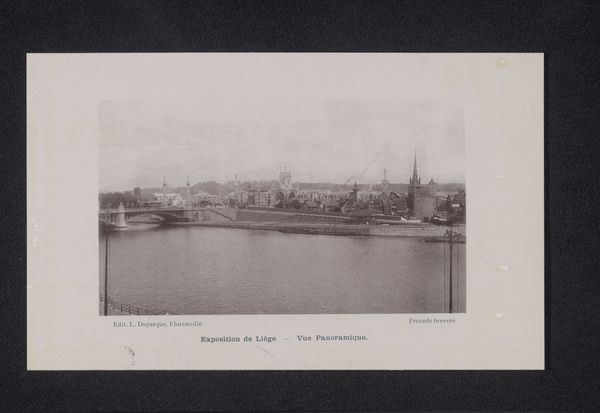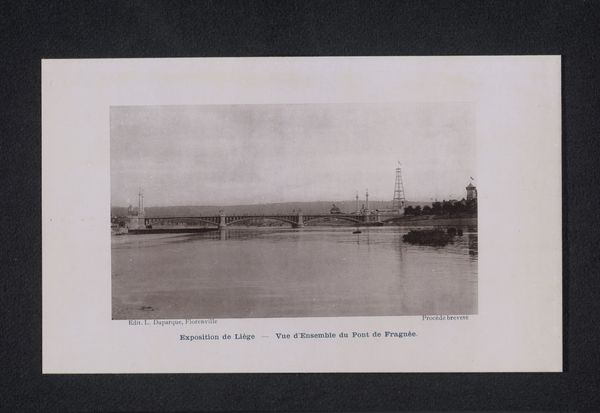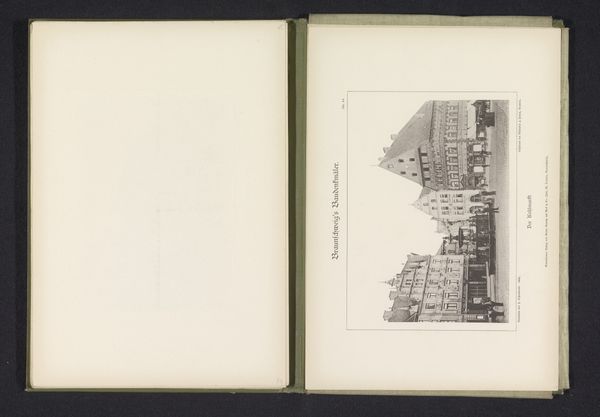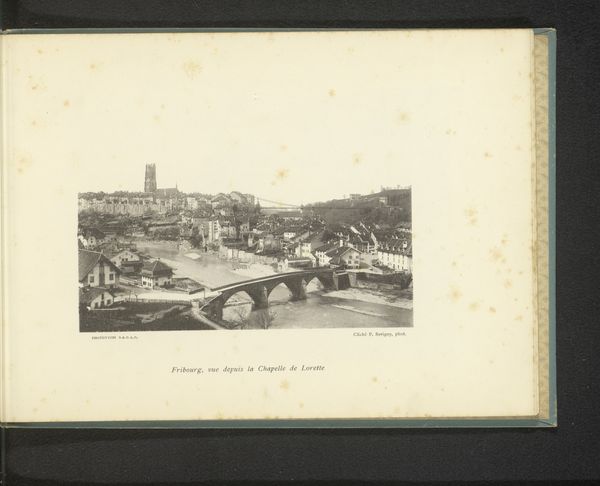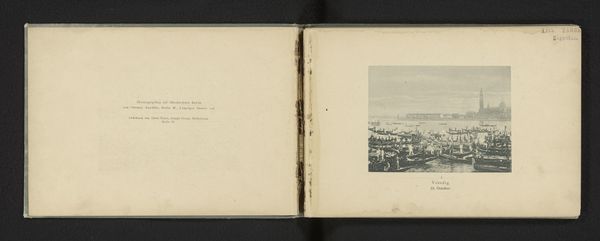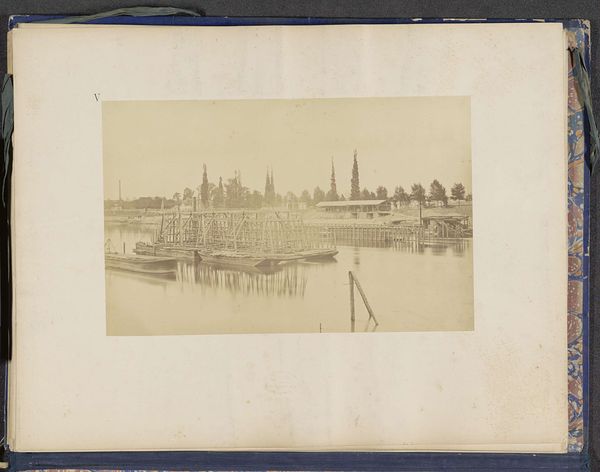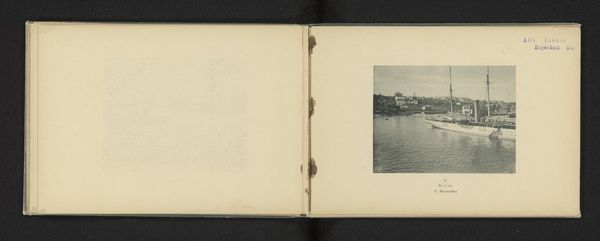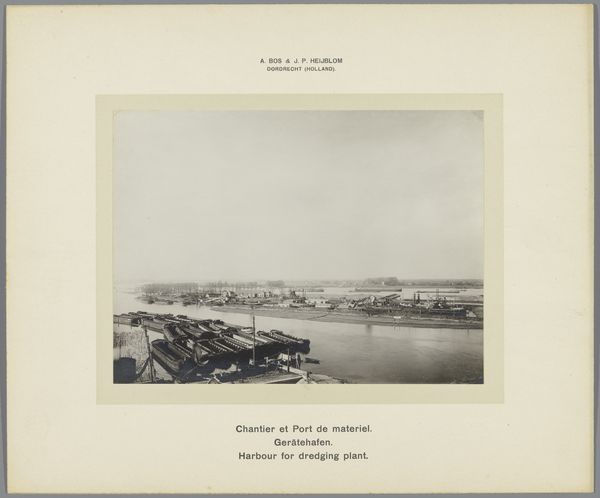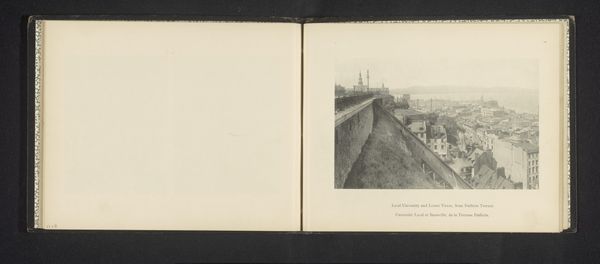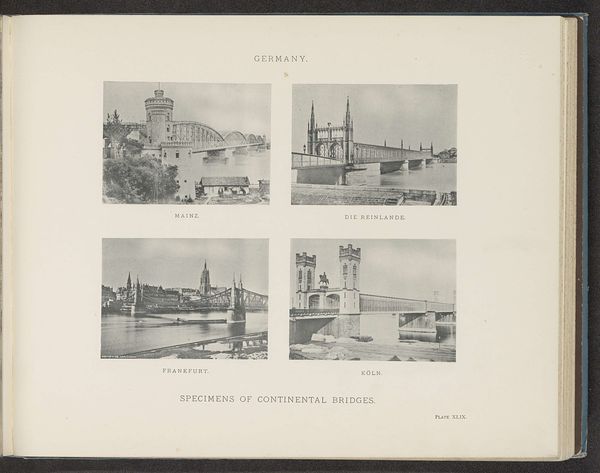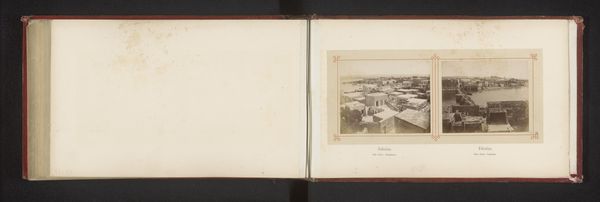
print, daguerreotype, photography
# print
#
daguerreotype
#
photography
#
ancient-mediterranean
#
orientalism
#
cityscape
Dimensions: height 104 mm, width 346 mm
Copyright: Rijks Museum: Open Domain
This daguerreotype of Paris was made in 1850 by Noël-Marie-Paymal Lerebours. The image captures a panoramic view of the city, showcasing its architecture and the Seine River. Looking at this early photograph, we see not just a city, but also the dawn of a new medium and its relationship with the social structures of the time. Photography in 1850 was a marvel, an expensive, specialized process placing the control of visual representation in the hands of a few. Lerebours, as a leading figure in this burgeoning industry, catered to a specific clientele: those who could afford such a luxury. This image, therefore, isn't just a view of Paris; it's a statement about who had the power to represent and consume it. To fully appreciate this daguerreotype, we need to delve into the economic and social conditions that shaped its production. Research into photographic societies, early business models, and the patronage of the arts can reveal the complex interplay between technology, commerce, and artistic expression in mid-19th century France. This image shows us that the meaning of art is always contingent on its social and institutional context.
Comments
No comments
Be the first to comment and join the conversation on the ultimate creative platform.

